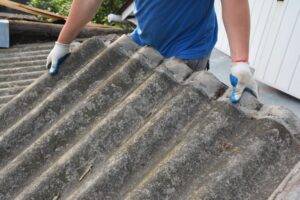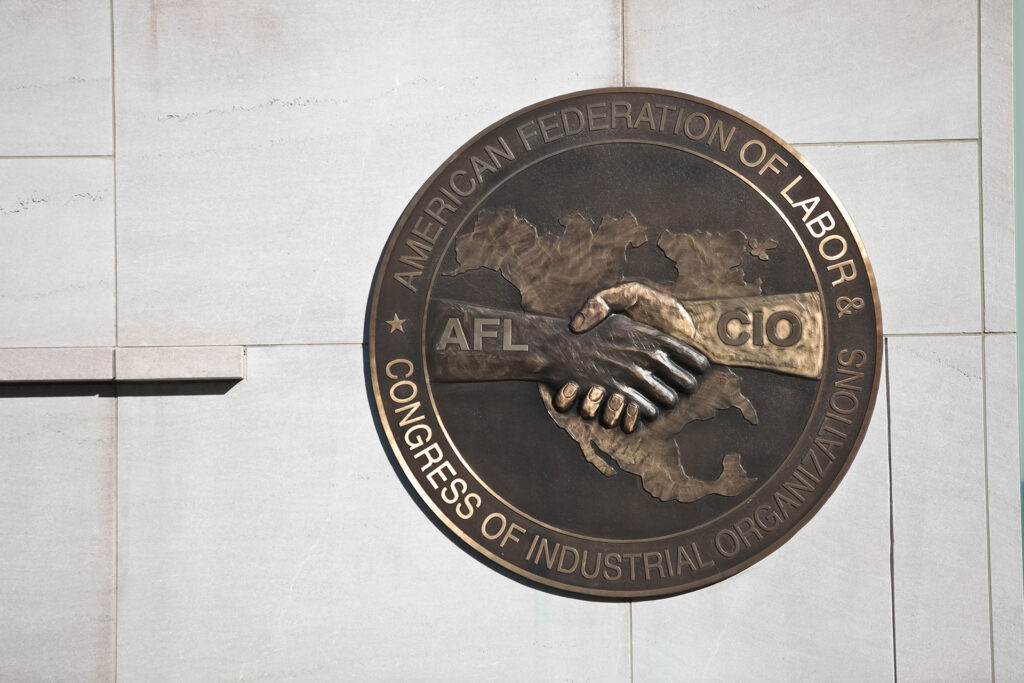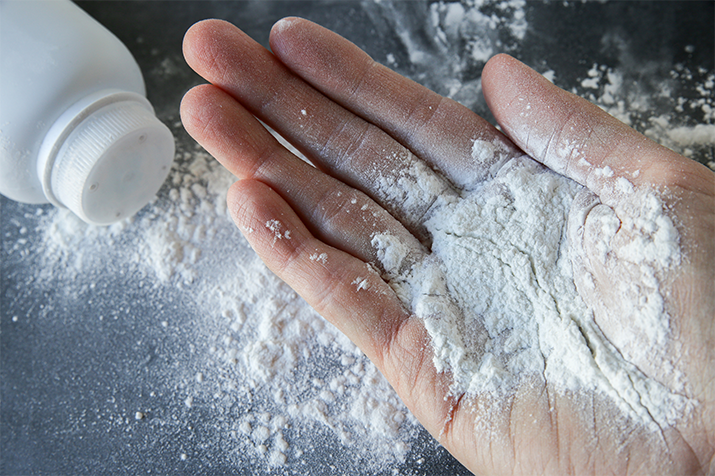Products that you used on the job may have exposed you to asbestos that caused you to develop an illness. Prolonged asbestos exposure can result in mesothelioma or other diseases that relate to the lungs. As a result, many people who have worked around roofing felts have received a diagnosis of an asbestos-related illness. If you or a loved one has developed a disease by exposure to asbestos, you may have the legal right to financial compensation. A mesothelioma attorney can review your case and advise you on the legal path forward.
What is roofing felt for?
Roofing felt is a layer that goes between the shingles and the decking. It is an added protection layer to keep moisture outside the home. These days, roofing felt is made of natural materials and soaked in asphalt. Other materials used for roofing felt are fiberglass and polyester.
However, it has not always been this way. In the past, uncoated roofing felt consisted primarily of asbestos and little else, and some estimates claim that it was composed of 87 percent of this substance. Asbestos was in roofing felt up to the early 90s, representing roughly a four-decade span.
Product manufacturers used asbestos in roofing felt for several reasons, the foremost being that it was a durable material that could withstand weather conditions. Asbestos was also fire-resistant, which made it a viable material to place on top of a roof to protect the home. However, all of these properties came at a cost.
Roofers and Other Workers May Have Faced Asbestos Exposure
 Anyone who worked in the roofing industry when roofing felt contained asbestos likely faced daily exposure to a carcinogen. Since the felt was often uncoated, there was direct asbestos exposure. When roofing workers were cutting felt or coming into contact with it, they may have inhaled millions of asbestos fibers. These fibers remained in their bodies, coating their lungs and other internal organs. Those working in the roofing industry today may still breathe in asbestos fibers because many old roofs may still contain this substance.
Anyone who worked in the roofing industry when roofing felt contained asbestos likely faced daily exposure to a carcinogen. Since the felt was often uncoated, there was direct asbestos exposure. When roofing workers were cutting felt or coming into contact with it, they may have inhaled millions of asbestos fibers. These fibers remained in their bodies, coating their lungs and other internal organs. Those working in the roofing industry today may still breathe in asbestos fibers because many old roofs may still contain this substance.
Others may have also inhaled these toxins from their proximity to roofing felts. For example, demolition workers may pull the roof off a building and sift through debris that contains asbestos from the roofing materials.
Over time, those who worked in the roofing industry or were close by may have developed mesothelioma or other asbestos-related illnesses. Some who have faced exposure to asbestos in their roofing work may develop mesothelioma in the future because the disease has a long latency period. It can take as many as sixty years for one to get mesothelioma after asbestos exposure, meaning that you can still develop an illness if you are not yet sick.
Suppose a doctor has diagnosed you with mesothelioma, and you believe that it was the result of asbestos in roofing felt. In that case, you may have the legal right to financial compensation for your illness. First, you must find the proper defendant to sue, which is not always easy.
You Need to Prove Exposure and Track Down the Proper Defendant
Some companies that made roofing felt have gone out of business, often under the weight of their asbestos-related liability. These companies set up trust funds to pay for asbestos claims as a condition of their bankruptcy. However, many companies that manufactured this product are still in business today.
You may have a challenge in proving which type of roofing felt you used and who the maker of the product was. You likely have some memory from working with the roofing felt and which brand your company used. However, you need documentary evidence that ties a specific brand of roofing felt to your asbestos-related illness because you must sue the proper defendant for your injuries.
This task is difficult because you are likely filing a claim or lawsuit decades after your exposure to the asbestos. You may need witness testimony or company records to show which type of roofing felt the company used. The burden of proof is on you to show that the defendant’s actions caused you harm, and if you do not meet it, you will not receive financial compensation.
Why You Need a Mesothelioma Lawyer
Besides any difficulties that you have in proving your exposure, there are numerous other reasons why you need a mesothelioma attorney, including:
- You cannot engage in the legal process yourself when you are dealing with a life-threatening illness.
- You need to make sure that you name all companies responsible for your exposure to asbestos as defendants in your lawsuit.
- If you are filing a claim against a trust fund, you must present the documentation that entitles you to payment.
- If you are filing a lawsuit or claim, you must know the value of your case before you submit or file it.
- A mesothelioma attorney can negotiate a settlement in your lawsuit, or they can try your case.
Once you have hired a mesothelioma lawyer, you do not have to worry about the details of your case. Knowing your family has someone who can fight for you, even if you are no longer here, will give you peace of mind. You do not have to pay a mesothelioma attorney anything from your own pocket. These attorneys typically work on a contingency fee basis, meaning they only get paid if they secure you compensation for your damages. Then, they will receive an agreed-on percentage of your settlement or jury award. You will not have to pay them for their time if they do not win your case.
Mesothelioma is a life-altering disease, and handling the legal process alone is challenging and overwhelming. Hiring a dedicated mesothelioma lawyer will provide you with the support, guidance, and peace of mind you need during this difficult time. They will handle the legal matters while you can focus on your health and spending precious moments with your loved ones. Do not delay seeking legal help – consult with a mesothelioma lawyer today to protect your rights and pursue the justice you deserve.



